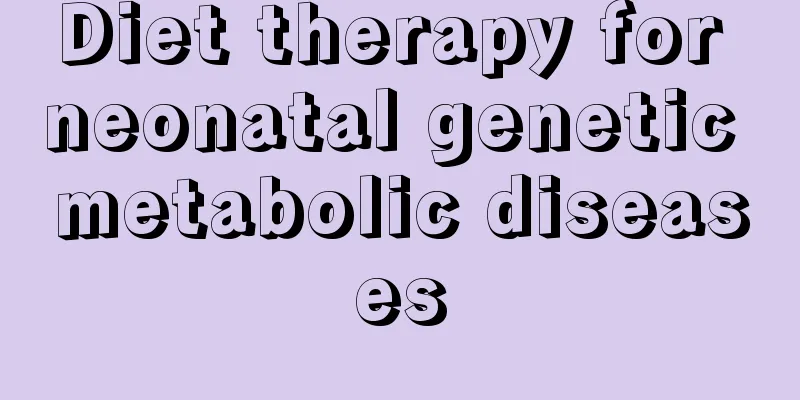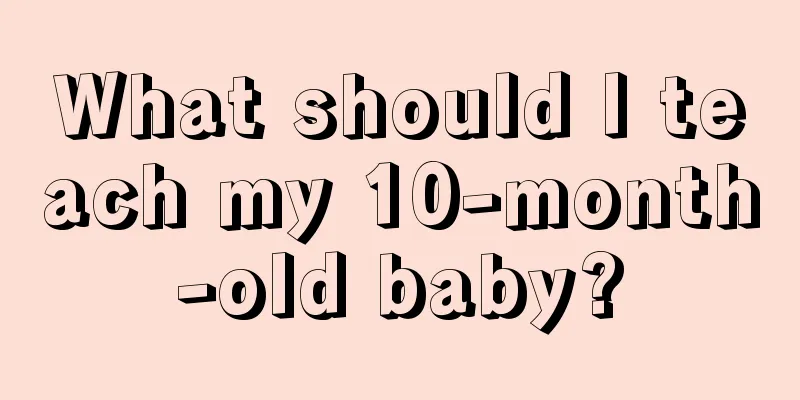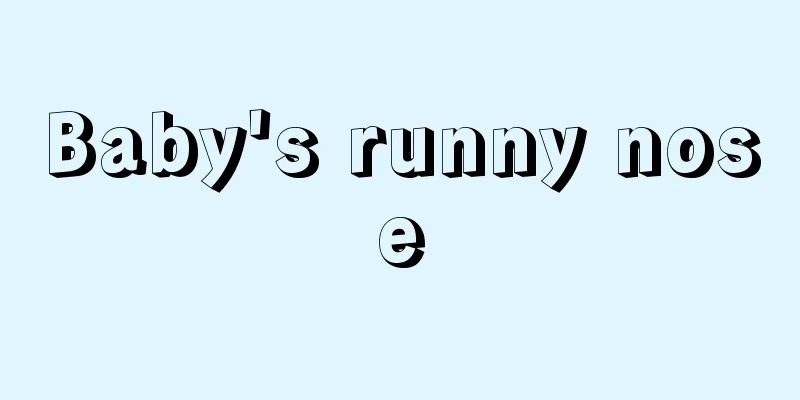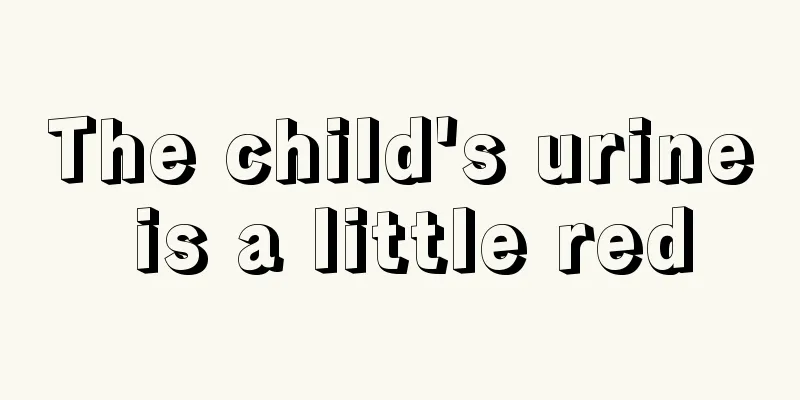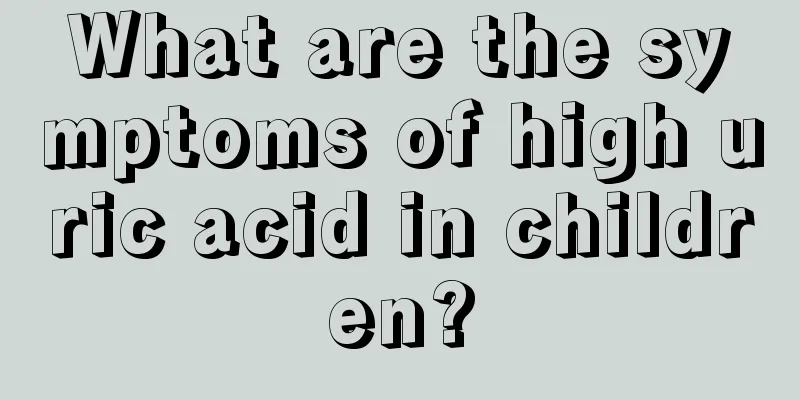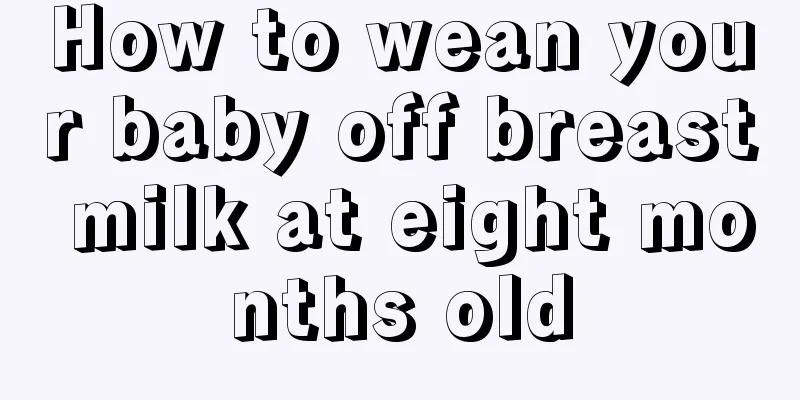What should I do if my child has a cold, fever, and headache?
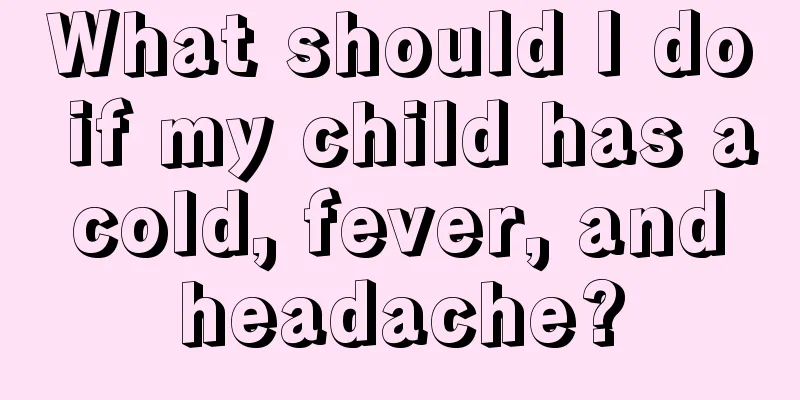
|
Many mothers do not have much experience in taking care of a child because it is their first time. So when faced with their child’s sudden first high fever, they will be at a loss and don’t know what to do. In fact, it is common for children to catch colds and fevers. We need to know some of its symptoms to carry out timely prevention and treatment. So, let me introduce them to you. A fever of 39 degrees is considered a high fever. Generally speaking, if the child's complexion is normal or flushed, he or she can be safely cared for at home; if the complexion is dull, yellow, blue, or purple, and the eyes are dull, it means that the condition is serious. When a child has a fever, parents should not blindly reduce the fever. Instead, they should go to the hospital to find out the cause of the fever and provide appropriate treatment based on the results. Because fever is a normal defense reaction of the body, colds, leukemia, and even other diseases can all show symptoms of fever. A high fever of 39 degrees is indeed serious, but most people mistakenly believe that a high fever that does not go away will damage the brain. In fact, whether high temperature can damage the brain is related to the temperature and duration. Only when the body temperature exceeds 42 degrees and persists for a long period of time will the body's proteins begin to denature, causing direct damage to the brain! How to reduce the temperature of a child with a fever of 39 degrees? 1. Drink more warm water, vegetable juice and fruit juice. Let your baby drink more water and replenish body fluids. This is the most basic method of reducing fever. It is very effective and practical and suitable for all babies with fever. Do not give your baby cold water, because fever is often accompanied by gastrointestinal symptoms and cough, and drinking cold water will aggravate these accompanying symptoms. Give your baby warm water. 2. Warm water bath, that is, wipe the whole body with a warm water towel. This is a great way to cool down any baby who has a fever. The water temperature is more suitable at 32-34 degrees, and each wiping time should be more than 10 minutes. The key areas to wipe are the skin folds, such as the neck, armpits, elbows, groin, etc. 3. Warm water bath: The water temperature should be about 3-4℃ lower than the child's body temperature, and each bath should last for 5-10 minutes. Many parents think that babies should not be bathed when they have a fever. In fact, on the contrary, giving babies a warm bath can help cool them down. A warm bath is suitable for all babies with a fever. 4. Low-temperature chamber method: Place the sick child in an environment with a room temperature of about 24°C to slowly lower the body temperature. In order to allow the skin to come into contact with the outside air and help cool down, people need to wear less clothes. If conditions permit, use air conditioning to lower the room temperature. This method is suitable for infants under 1 month old. 5. Cooling patch: Cooling patch is a new product in recent years and is very popular. In fact, the cooling effect is average and not as exaggerated as advertised. Putting a patch on the baby's forehead will make the baby's head feel more comfortable and the parents will feel more at ease too. It should be beneficial and harmless. What medicine should a child take if he has a fever of 39 degrees? When a child's fever is below 38.5 degrees, parents are advised to choose physical cooling methods to give their children antipyretics. When the temperature is above 38.5 degrees, parents can give their babies antipyretics and perform physical cooling to reduce the child's fever. There should be a 4-6 hour interval between each dose. Water-based antipyretics are milder, and the most commonly used are syrups containing paracetamol, such as children's Motrin syrup and children's Paracetamol drops. Physical methods are suitable for infants under 3 months old. Babies aged 3-23 months can take toddler acetaminophen drops. Babies aged 2-3 years old can take children's acetaminophen suspension or chewable tablets, once every 4-6 hours. The dosage can be calculated according to age or weight according to the method on the instructions. What to do if your child has a fever of 39 degrees A child's fever of 39 degrees is already a high fever and should be treated promptly. If you cannot go to the hospital immediately, you need to observe the child's fever condition, such as whether the child has slow reaction, convulsions, or other abnormal reactions. Parents can use antipyretic drugs and do some physical cooling at home. A high fever above 39°C can easily cause convulsions in children. Children under 6 months old should be treated promptly when they have a fever because their condition changes rapidly. The World Health Organization recommends that no antipyretic drugs should be used for infants under 2 months old. Infants and young children under 3 months old should use drugs to reduce fever with caution, and physical methods should be used to reduce fever instead. If the antipyretic effect of medication is not good or the body temperature exceeds 39°C within two hours after taking medication, physical methods should be used to reduce the temperature. It takes a certain amount of time for drugs to take effect. When a child's temperature suddenly exceeds 40°C, physical methods should be used to reduce the fever immediately. What to do if your child has a fever of 39 degrees: 1. Warm water bath Dip a towel in warm water (the water temperature should not be too hot to touch) and wipe the neck, armpits, and thighs for 5 to 10 minutes. You can also use commercially available "cooling patches" (or household ice packs) on the forehead to help dissipate heat and reduce temperature. 2. Take antipyretics When your baby's fever exceeds 38.5 degrees, the doctor will consider using oral medications or rectal suppositories to reduce your baby's fever. Or when the above physical measures are not effective, oral antipyretics can be taken to reduce the temperature. 3. Ventilation and heat dissipation Ventilate more, pay attention to heat dissipation, wear loose clothes, and avoid wrapping yourself with a quilt. You can use air conditioning in the summer and control the room temperature at around 27℃. Remember to open windows regularly to allow air convection in the room. 4. Ensure moisture Drink plenty of water and eat liquid foods, such as watermelon juice, to ensure that the body has sufficient energy and water. The editor reminds parents that fever in children is very common. Generally, if the temperature is below 38.5℃, there is no need to go to the hospital and only home care is needed. When a child has a fever and the temperature is above 39 degrees, it is considered a high fever. Parents should take the child to see a doctor immediately and take timely antipyretic measures. |
<<: What should I do if my child has diarrhea and fever?
>>: What should I do if my child has a fever and feels cold?
Recommend
Why does a newborn baby keep sleeping and not eating?
Newborns usually sleep for about 20 hours, becaus...
What to use to reduce fever in children
When children have a fever, parents are very anxi...
What causes dark skin in children?
What is the reason for children’s dark skin? Chil...
What are the symptoms of lead poisoning in children?
There are many problems a child will encounter as...
What to do if your baby has colic?
Colic is a symptom that often occurs in infants. ...
How to treat cerebral palsy in children? Treatment for children with cerebral palsy
Methods such as comprehensive rehabilitation medi...
What should I do if my baby has diarrhea after weaning?
Weaning means that our babies stop drinking breas...
What should I do if my child has no ambition?
Everyone knows the importance of being motivated....
Infant and child development at different stages
The physical development of infants and young chi...
The reason why the teeth of a one and a half year old baby turn black
I believe some parents have had this experience: ...
What should I do if my child has a monkey skin disease?
Warts are a kind of skin disease that is quite tr...
How to correct children's hunchback?
The phenomenon of children suffering from hunchba...
How to clean baby eczema with honeysuckle
I believe everyone must be very familiar with the...
There are small granules on the child's cheeks
Children's skin is different from adults'...
The reason for high blood test in newborns
Everyone knows that the physical development of n...


